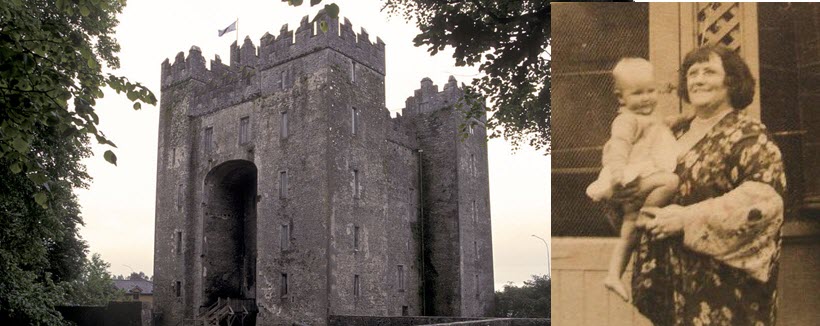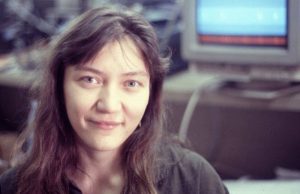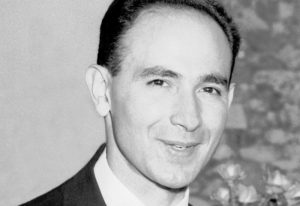Myra Juliet Farrell

Myra Juliet Farrell (née Welsh) was an Irish-Australian inventor and artist who lived in 1878-1957 and held more than two dozen patents. Her inventions ranged from a military barricade to a press stud that did not require stitching.
She migrated from Ireland to Australia with her family as a child and grew up in the far west of outback of New South Wales, Australia. As an adult, she travelled quite a bit within Australia, before settling down in Mosman, Sydney.
Background
Maria “Myra” Julia Welsh was born in County Clare, Ireland on February 25, 1878. She was the third of six children born to Marcus Frederick Welsh and Harriett Curtis Welsh (née Dove) of Scragh House, County Clare.
The Welsh family was Protestant, and many members of the extended family were clergy or military. One of Myra´s ancestors was the Reverend George Studdert, chaplain to William III of England.
Marcus had met and married Harriett, who was the Australian-born daughter of an engineer, in New Zealand, where he had taken part in the New Zealand Wars. He brought his wife back to Ireland and they moved into his estate at Kilrush.
The family migrated to Australia in the 1880s, where they established a school at the new town Silverton. (Silver had recently been discovered at Umberumberka.) They then moved on to Broken Hill where they founded St. Peter´s School.
Education
Myra Welsh was educated at St. Peter´s School in Broken Hilll, Australia.
Examples of inventions by Myra Farrell
- At the age of ten, Myra Farrell came up with the idea of a self-locking safety pin.
- Her first patent was for a tailoring device that made it possible to transfer a skirt pattern from a pattern book directly to a piece of cloth.
- Many of her inventions had practical household applications, such as the folding clothesline for flats, a folding pram hood, and and a press-stud that does not require stitching.
- For the rural industry, Farrell developed an automated fruit picker and packer, and a device for sampling and weighing wheat.
- Myra Farrell created several medical products, including a boneless corset for patients with scoliosis and a hernia brace.
- During World War I, Farrell developed plans for a new type of barricade that would repel ammunition and decrease the impact of shells. The Australian Department of Defence took Farrell’s plans for investigation, but we don´t have any information about the barricade actually being put into production.
- Farrell invented a light that could be projected to a great distance. Originally, she intended it for advertisting purposes, but the Australian military took her plans and her prototype.
Myra Farrell´s method
In a newspaper interview, Myra Farrell described her life-long and highly unusual invention method. She would notice a need for a particular product, think about it, and sleep on it. Her dreams would bring her a detailed solution to the problem, including instructions for how to construct the invention. She would get out of bed, without waking up, and write down the information. Sometimes, she would even write on bed-linen or directly on the wall. While writing in her sleep, she would write from right to left instead of her normal left-to-right style. After waking up in the morning, she would use a mirror to write down the information in normal writing, draw diagrams and create models.
Personal life
While living in Broken Hill, Farrell developed acute respirator problems. She dreamt of a formula and subsequently manufactored tablets based on it. According to her, it cut mucous and reduced inflamation when the tablets were burned in a clarifier and the fumes inhaled. When she met William Taylor – a young immigrant from Pershire, Scotland who suffered from tuberculosis – she treated him with the fumes. He improved significantly and they were married in 1906. Six years later, he died in Adelaide. Together, they had the children Lavie Curtis Taylor and William Paterson Welsh Taylor.
Myra Taylor later married William George Farrell, and together they had the son George Harry Welsh Farrell who grew up to be a violinist.
Paintings
Myra Farrell painted in a broad impressionist style, using intense colours. Her surviving works are landscape paitings.
Theosophy
Myra Farrell gave financial support to certain Theosophical projects.





